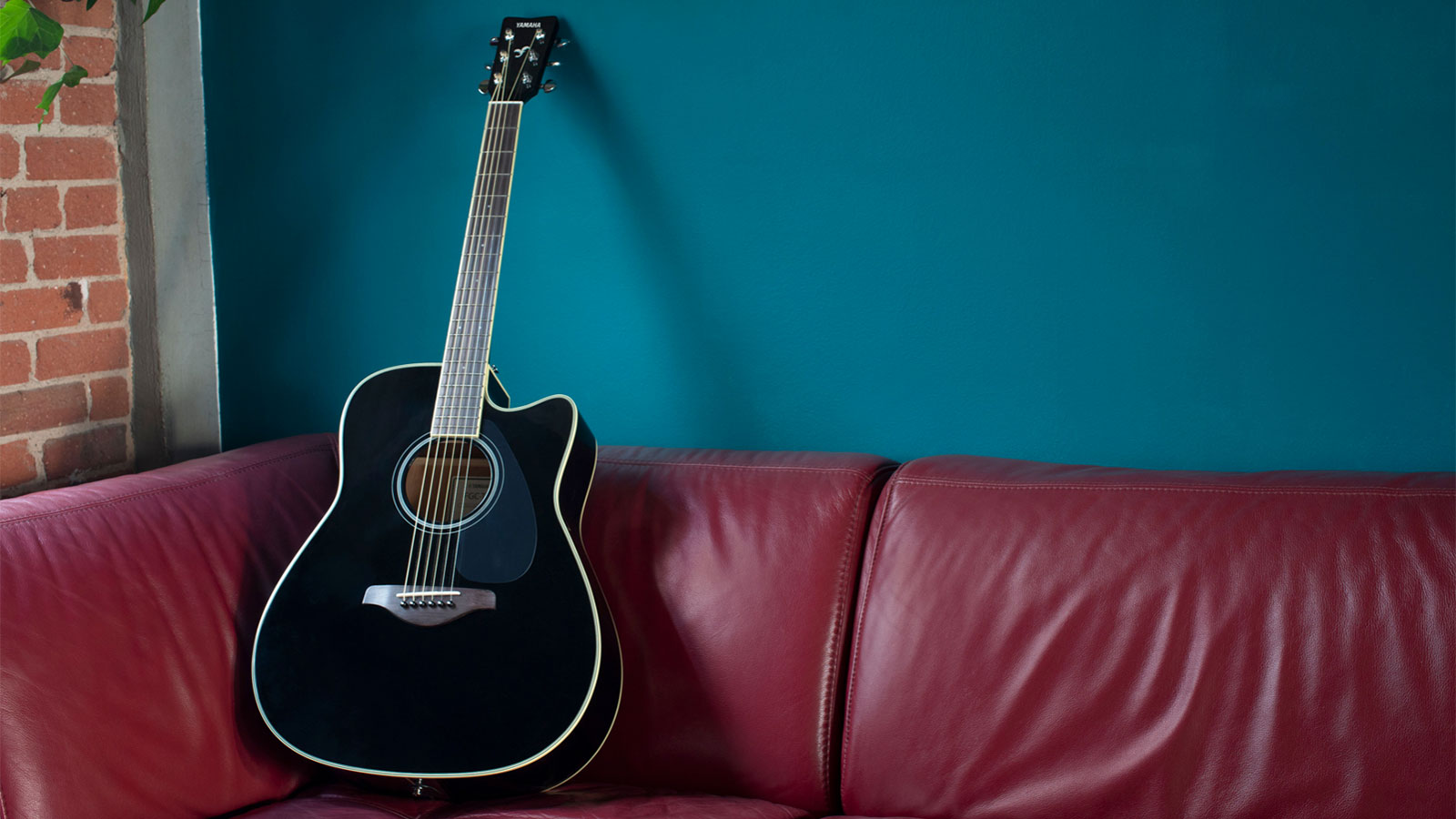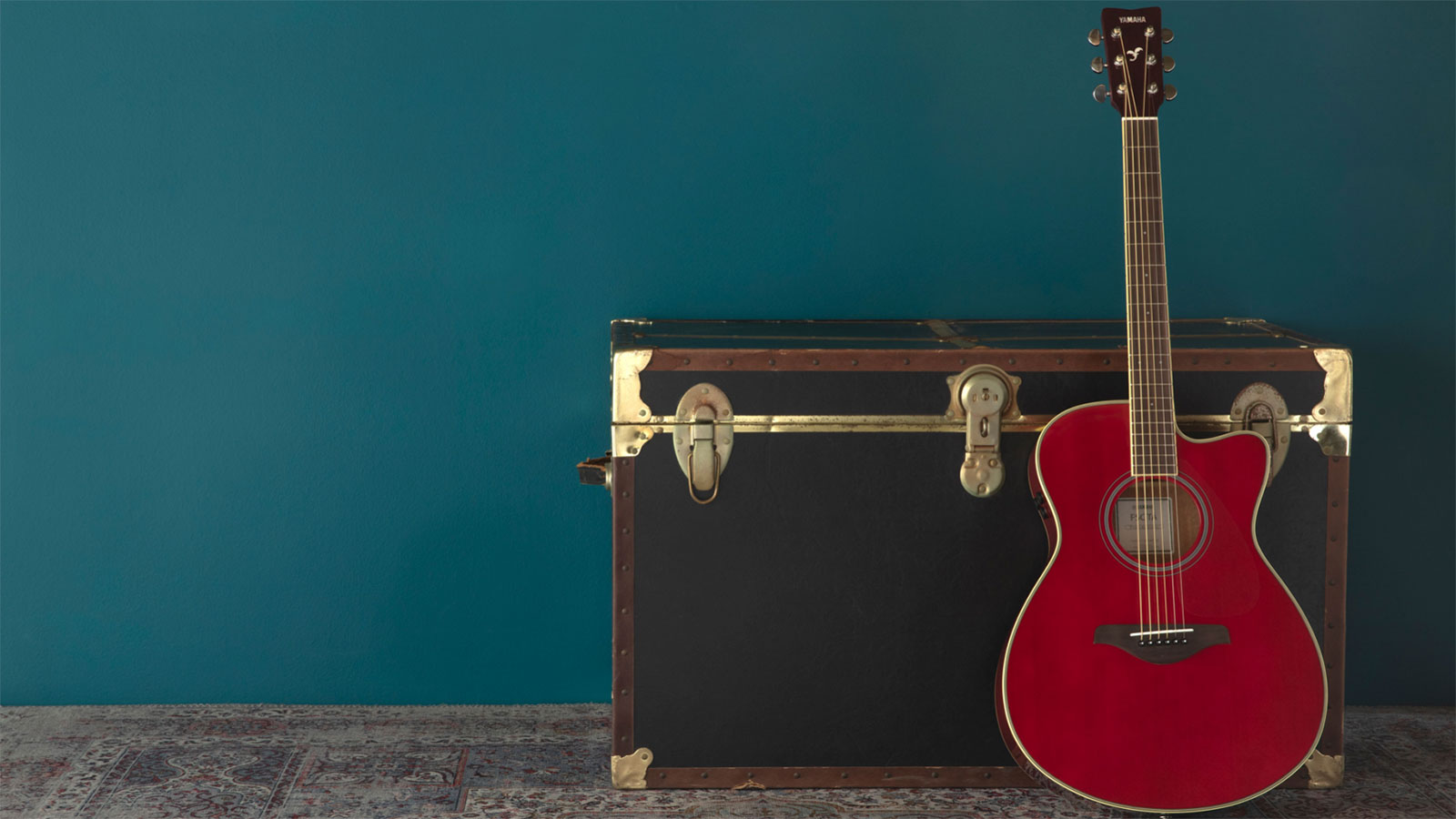Yamaha adds first cutaway acoustics to its TransAcoustic Series, the FGC-TA and FSC-TA
Concert and jumbo shapes are the first cutaway models get the TransAcoustic treatment, which allows players to create reverb and chorus effects while unplugged

Yamaha has announced it is expanding its TransAcoustic Series of acoustic guitars with the addition of the line’s first cutaway models, the FGC-TA and FSC-TA.
Aside from their differing shapes, the FGC-TA (dreadnought/jumbo shape) and FSC-TA (concert shape) offer similar builds, with mahogany back and sides paired with solid spruce tops, nato necks and rosewood fretboards, alongside Yamaha SRT piezo pickups.

The firm’s acclaimed TransAcoustic tech essentially equips the electro-acoustic guitars with built-in chorus and reverb effects that it says “resonate from within the body of the instrument itself”.
It does this by detecting string vibrations and enhancing them across the body according to the control settings, which negates the need for an amp or other interface.
Guitar World has tested a few of the TransAcoustic line models in recent years, including the LS-TA and FS-TA (both which received a Gold Award) and the nylon-string CG-TA – and the results are seriously impressive.
Testing the latter, our reviewer, Paul Riaro, commented on its almost supernatural effect of engaging the TransAcoustic circuit unplugged, describing it as “astonishingly textured and authentic”.
Both the FGC-TA and FSC-TA have an MSRP of $1,219.80, and are currently listed for $779 at online retailers. Head to Yamaha Guitars for more information.
Get The Pick Newsletter
All the latest guitar news, interviews, lessons, reviews, deals and more, direct to your inbox!
- Explore more of the best Yamaha acoustic guitars

Matt is Deputy Editor for GuitarWorld.com. Before that he spent 10 years as a freelance music journalist, interviewing artists for the likes of Total Guitar, Guitarist, Guitar World, MusicRadar, NME.com, DJ Mag and Electronic Sound. In 2020, he launched CreativeMoney.co.uk, which aims to share the ideas that make creative lifestyles more sustainable. He plays guitar, but should not be allowed near your delay pedals.
“Among the most sought-after of all rhythm guitars… a power and projection unsurpassed by any other archtop”: Stromberg has made a long-awaited comeback, and we got our hands on its new Master 400 – a holy grail archtop with a price to match
The heaviest acoustic guitar ever made? Two budding builders craft an acoustic entirely from concrete because they “thought the idea was really funny”









